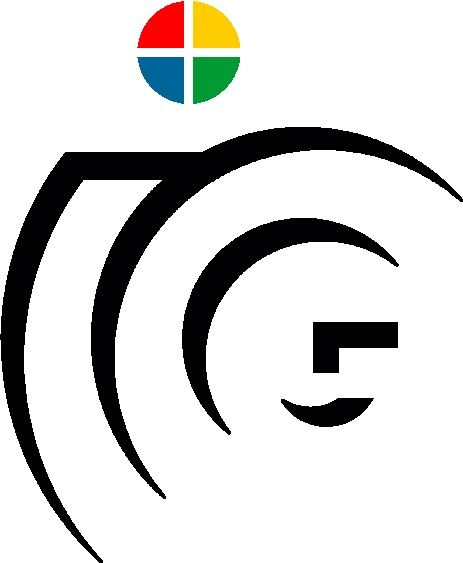MiReBooks produces a series of Virtual and Augmented Reality based (=Mixed Reality MR) interactive mining handbooks as a new digital standard for higher mining education across Europe. Many current challenges in mining education will be met in an innovative new way, by combining classical paper based teaching materials with MR materials and their transformation into pedagogically and didactically coherent MR handbooks for integrative classroom use.
MiReBooks is a new digital learning experience that will change the way we teach, learn and subsequently apply mining. By taking traditional paper based education material and enriching it with virtual and augmented reality based experiences (Mixed Reality), teachers can now convey and students now experience phenomena in the classroom that are usually not easily accessible in the real world. Complex issues of mining are no longer a challenging barrier for learning progress and students complete their studies with a more thorough comprehension of their discipline. Through thought through pedagogic inclusion in teaching plans, students will be able to take advantage of new ways of participation that are suitable for the needs of their generation. With MiReBooks, the way of teaching will change as instructors will be able engage their students in a more effective way and offer them an enriched content repertoire as well as a hightened comprehension opportunity.
The array of possible industrial mine environment examples that students can be immersed into becomes endless and thus the industry will receive graduates that are familiarized in-depth with a holistic view on the industrial context. Students will enter the job market skilled as digital natives and will highly influence the way the industry will work and develop in the future. Mixed Reality is certainly a most promising way to enable users to make the most of their learning experience and thus leverage the improvement of operational efficiencies and innovation. The tool is hence also attractive for industry application in professional training, to bring existing employees up-to-speed with the latest standards. MiReBooks will be the lubricant of change and innovation in the mining sector in terms of society and environment, safe and healthy working conditions and mining processes and equipment.
External Partners
Montanuniversität Leoben, Austria (Lead Partner)
Epiroc Rock Drills AB, Sweden
KGHM Cuprum sp. z o.o. Centrum Badawczo-Rozwojowe (KGHM Cuprum Ltd. Research & Development Centre), Poland
LTU Business AB, Sweden
Luleå University of Technology (LTU), Sweden
Luossavaara-Kiirunavaara AB, LKAB, Sweden
Rheinisch-Westfaelische Technische Hochschule Aachen (RWTH Aachen), Germany
TalTech University, Estonia
Technische Universitaet Graz (Graz University of Technology), Austria
Technische Universität Bergakademie Freiberg (TUBAF), Germany
Teknologian tutkimuskeskus VTT (Technical Research Centre of Finland Ltd. VTT), Finland
Università degli Studi di Trento, Italy
University of New South Wales (UNSW), Australia
Voest Alpine Erzberg (VA Erzberg), Austria
Funding sources
- European Institute of Innovation and Technology RawMaterials
Start: 01.09.2018
[project page]
